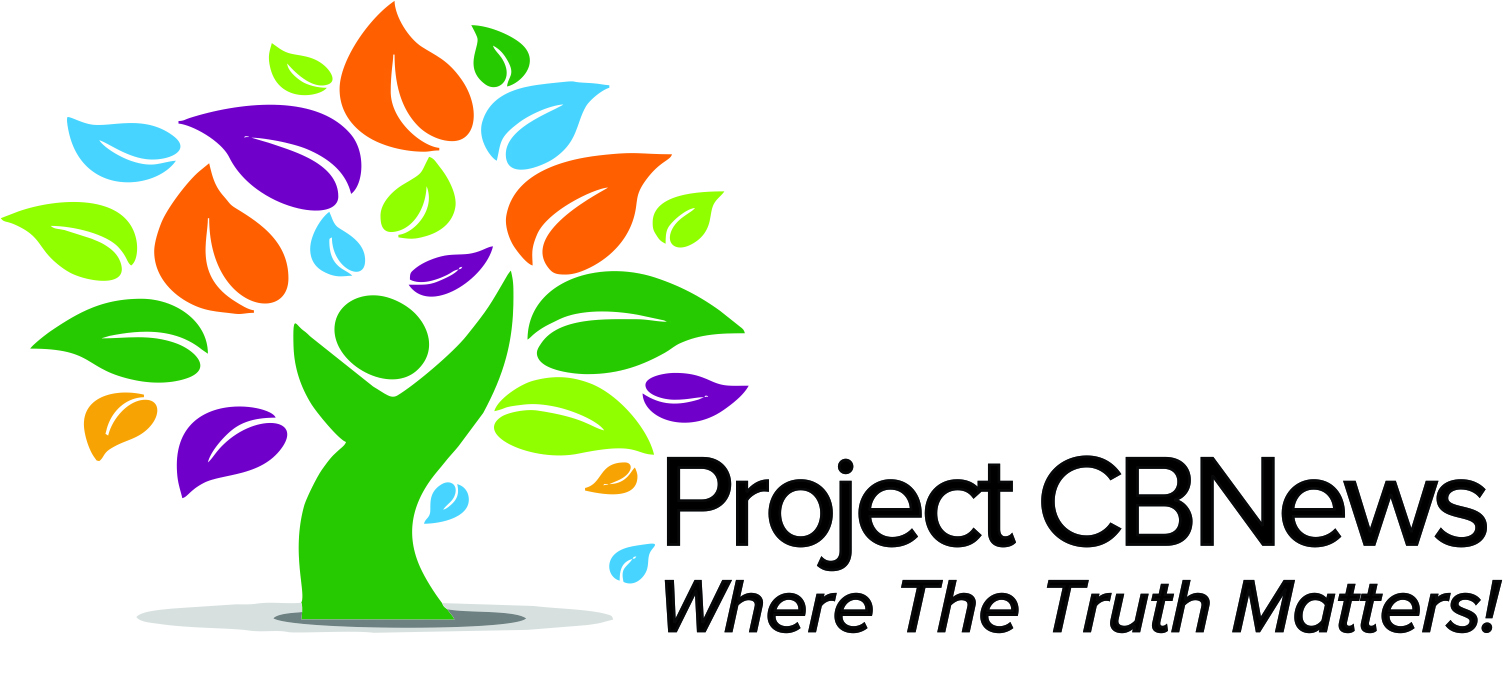In a significant shift from traditional mining sector demographics, women now constitute between 15-18% of South Africa's mining workforce, marking substantial progress since the 1992 legislation that first permitted women to work in mines. This development was highlighted during a recent interview with leaders from Women in Mining South Africa (WIMSA) at the Mining Indaba in Cape Town.
WIMSA, now in its fourteenth year, has been instrumental in supporting and advancing women's roles in what has historically been a male-dominated industry. The organization, which began as a networking platform for professional women in mining, has evolved into a comprehensive support system addressing various challenges faced by women in the sector. "The Minerals Council of South Africa has set a target of 30% female representation across all mining roles," explained Raksha, a WIMSA representative.
While progress has been made, several obstacles remain, including gender discrimination, cultural barriers, and concerns about physical capabilities. The industry also continues to grapple with harassment issues, which can significantly impede women's career advancement. WIMSA is actively working to overcome these challenges through various initiatives. A key focus is developing a pipeline of future female mining professionals through career fairs and engagement with students in STEM fields.
The organization also advocates for practical improvements, such as appropriate personal protective equipment designed for women and proper change house facilities. Nolene, another WIMSA leader, emphasized the importance of role models in the industry. "We currently have the largest representation of female leadership within the mining space," she noted. These leaders are actively mentoring the next generation, creating a positive cycle of growth and development. Technology is playing a crucial role in leveling the playing field. "Technological advancements are eliminating some of the physical challenges that women may experience, creating more opportunities in certain spaces," Raksha explained.
This evolution is making the industry more accessible and inclusive. Despite the challenges, both leaders expressed optimism about the future of women in mining. They encouraged aspiring mining professionals not to be deterred by negative stories, emphasizing the excitement and opportunities available in the field. "Don't be scared of coming into the mining industry... you have a wonderful support system," Nolene advised.
WIMSA's ultimate goal is ambitious but clear: to become redundant. As Nolene explained, success will be achieved when women are recognized purely for their professional roles rather than their gender. Until then, WIMSA continues to provide support through mentorship programs, networking events, and professional development initiatives.
Women interested in joining the mining sector or seeking support can reach out to WIMSA through their website at www.wimsa.org.za.



